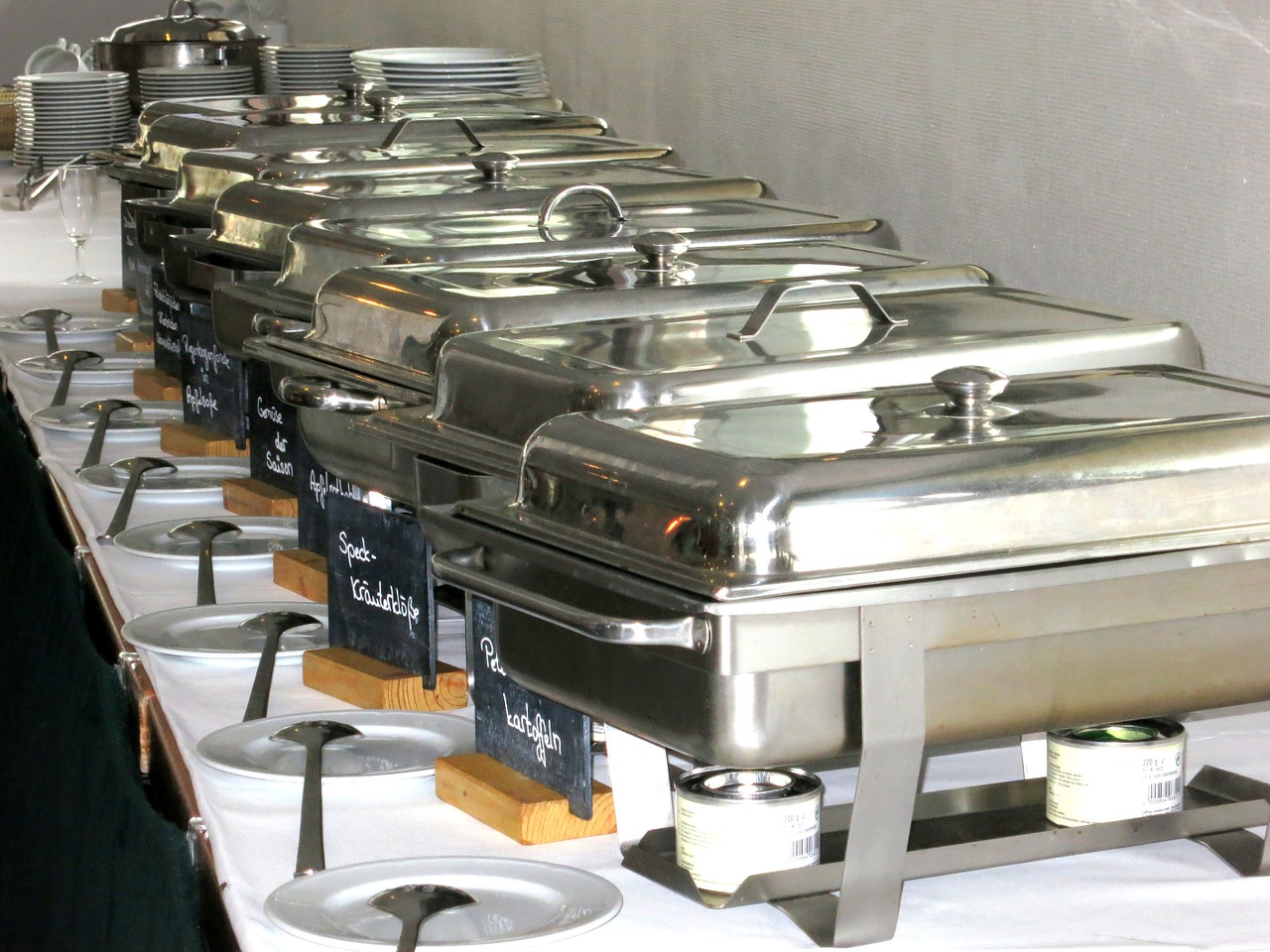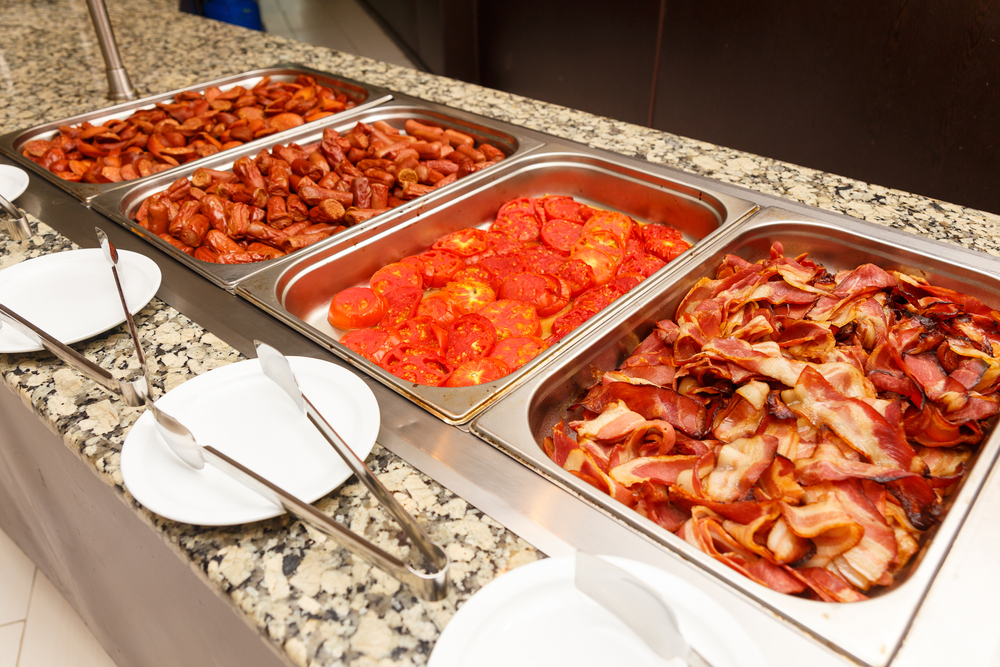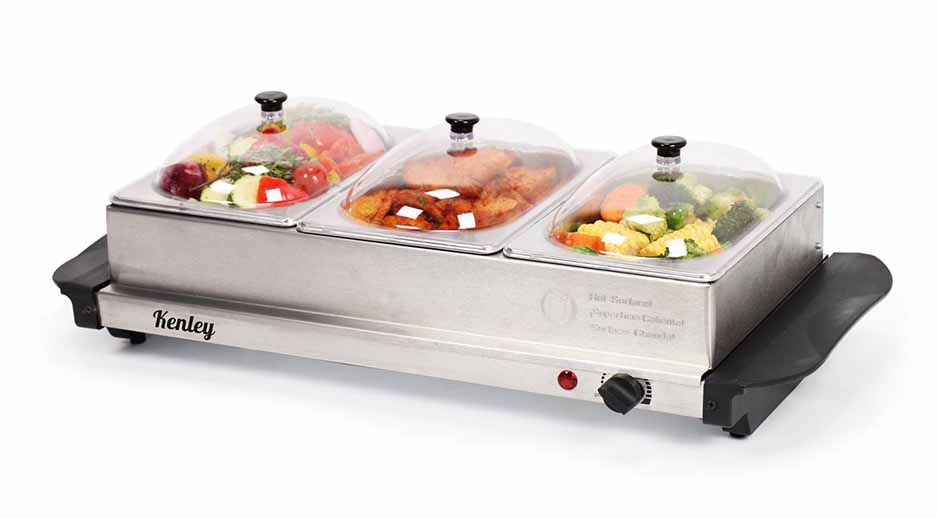Is it OK to eat cold food and left out on the kitchen table? This is a popular question on how to keep food warm that most people often ask, especially after cooking a massive meal for the holidays. So let’s talk about how to keep food warm?
There are various bacteria and fungus that grow inside the food. Bacteria and fungus can become spores. Spores are resistant to harsh environments, such as heat and stomach acid. This means that they can survive food that is reheated or in your stomach. Usually, spore-forming bacteria and fungus will grow at colder temperatures.
When these bacteria’s form, they can produce toxins in your food, or turn into spores to get into your body to create toxins there. The viruses are very poisonous. If you eat food containing bacterial toxins, it can result in severe diarrhea, vomiting, nausea, fever, and severe dehydration. Luckily, the majority of these toxins will go away on their own. However, in severe cases, it can lead to a trip to the emergency room and how to keep food warm.
Why Is It Necessary For Us To Keep Food Warm?
Fortunately, all of this can be easily avoided if we properly keep our how to keep food warm. When food is kept warm, it’s hard for bacteria to grow. Plus, warm food retains all the flavors intact.
Whenever your food is left out in the cold and reheated again, that can destroy the flavor and nutrients in the menu. If your nutrients in the menu at a constant warm temperature, it will remain nutritious and flavorful. If you are planning on making a massive dinner for your friends and family, it’s essential to learn techniques to keep how to keep food warm.
There are some types of foods that are quick to make, but after you make them, you will have to leave them out until you finish the other meal that takes a while to complete. This can result in your guest consuming cold food. That will not be an impressive move if you are trying to show off your culinary skills. If you are reading this, you will not have to worry about cold food anymore. We have all the information and techniques that you can use to keep your food warm and delicious for your party guests.
What You Will Need To Warm Your Food

Using the oven as a warmer
This is a simple method that will keep your food warm, but be careful because if you keep it too long, it can dry out your meal.
Baking pan, saucepan, baking dish
- Oven
- shallow pan
- warm water
Using a slow cooker
This is an excellent method that will keep your food warm and moist for a long time.
Here we recommend an excellent slow cooker
Rice cooker method
This is mainly to keep the rice warm, but it will work for other dishes as well. The issue is that it can cause your food to dry up because of the steam.
A big rice cooker could be a great option here.
Water bath method
The method will require some work and will keep your food warm, but if you leave your food there for an extended period, it can dry up your food
- Shallow pan with covers
- Large and deep pan
- Hot water
Wrapping method
Excellent and safe method to keep your food warm. Unfortunately, insulators do have their limits. If you keep your food in the insulated carrier for a long time, all the heat will eventually dissipate. This will cool down your food, and you will have cold food again.
- Insulator bag or carrier
- Aluminum foil
- Blanket
The oven, rice cooker, and water bath method will keep your food warm and constant. However, these methods will overheat the flavors and dry out the ingredients. If you leave your diet with these methods, your diet might end up being very dry. They can also burn the meat, resulting in that charcoal taste. The wrapping method, on the other hand, is a great way to keep your food warm through the science of insulation. This will prevent the heat from escaping too fast.
Insulator bag or carrier
Unfortunately, the food will cool down if left in the insulator too long. The wrapping method is efficient because you can keep your food warm while bringing it to another location. Plus, the wrapping method seems like a safer than the other ones. The different methods listed above can be hazardous because you’re dealing with heat. One mistake, and you can burn yourself. The wrapping method, on the other hand, is safer and has a lower chance of injuring you. This is especially useful if you have young children around the household. Children love to run around the kitchen and touching everything. It can be dangerous if you have the oven wide Open while you put the whole dish in there or a shallow pan with hot water.

All of those methods can easily injure your children. The wrapping method keeps all the hot food inside, so if your child decides to be rambunctious and touch what you were making, they will only be moving the carrier or the insulated bag, which will not do any harm to them. Even though the wrapping method sounds great, but it also has its limits. If you need to keep your food warm for more than 2 to 3 hours, this might not be ideal. As good of an insulator, it can be, heat does slowly dissipate, and as time goes by, the food will be cold.
Slow Cooker Method
The best method for keeping your food warm is by using a slow cooker. A slow cooker like its name indicates it will slowly warm up your meal at a constant or low heat. This will ensure that the moisture remains trapped in the menu. It will not burn your food or change the taste; it will keep your food tasting fresh. If you buy a high-quality slow cooker, it not only functions well, but it is safe and easy to use. Even if your child touches the slow cooker as its cooking, it will not burn him or her. This is why I find the slow-cooker the best method of keeping your food warm.
How To Keep Food Warm: Step-by-step instruction.
Slow-cooker Method
Making the purchaser the slow cooker, the first step would be to purchase a high-quality slow cooker for your kitchen.
Have the food meet the cooker. Put any food that you want to keep warm in the slow cooker.
Adjusting
Looking for the settings, and adjust it. If there is no setting, just warm the food on high. If there is a setting, keep the heat low. A high-quality food cooker usually has an environment where you can just keep it food warm. If this is the case, pick that setting.
Cover
Afterward, put the lid on the slow cooker and let it sit.
Wrapping method
Aluminum foil wrap: the hot food carefully with the aluminum foil. If it’s too hot, you can wear gloves to prevent getting burnt.
Blanket: then wrap the blanket around it.
Carrier bag: Then, put the item in an insulated carrier or a bag. This is to prevent heat from escaping to the surrounding. It traps the heat so it can recirculate back to the warm food.
Oven Method
Shallow pan
- Grab warm water and put it in a shallow pan.
Baking pan
- Then place the hot food in a baking pan.
Warm water
- Put the baking pan on a bigger pan with warm water
Oven Place it in the oven and heat it to 200°F. Make sure to check on it, so the food does not overcook or burn up. If it gets too hot, lower the heat to 150-100 F.
Rice cooker
Hot food meets rice cooker
Put the hot food in a rice cooker and turn it on. If your rice cooker has an adjustable heat setting, make sure to put it on low heat. Usually, a high-end model rice cooker will have a setting where you can just keep the food at low heat.
To learn more about each step click here.
Water bath method
- Hot food meets the shallow pan.
- Place the hot food in a shallow pan with a cover.
- Add water Place some warm water in the bottom of a larger pan.
Heat: Put the pan holding the food inside the larger pot. Then place the pan on the source of heat, and heat slowly. Make sure to keep an eye on this method because the water could evaporate. When the water level gets too low, make sure to add more water. Keep in mind that it’s essential to check on the food to make sure it didn’t dry up. The most annoying part of this method is to continually monitor everything.

Conclusion
Do you enjoy reading about these creative ways of warming up your food? I know that I enjoy writing about how to keep food warm. These methods are beneficial, and they help ensure that your food is warm enough to prevent bacteria growth. This will also further prevent toxins and spores from entering your body. The last thing you want is to end up in the ER with symptoms of diarrhea, vomiting, nausea, and fever.
Even if it’s not severe enough to put you in a hospital, but the symptoms can leave you in the bathroom for days. Plus, warming your food will help you avoid reheating it. When you heat food, it dries it up and breaks down the ingredients, nutrition, and texture of the food.
As a result, the food might not taste the same. If you eat the food cold, it might not feel as good as if it was warmed up. Overall, you want to impress your guest with excellent culinary food, and to do that, you will have to keep your food warm. I personally find this to be the most essential part of cooking because I want to make sure that my family is safe, healthy, and enjoy everything that I make. Because of my passion for food, I have personally tried all these methods, and I find that the slow cooker is the best.
Some Couple Of Content That Can Help You a Lot
- 1. Best Kitchen Appliances
- 2. Best Turkey Basters Reviews
- 3. Best Meat Grinders Reviews
- 4. Best Broiler Pan Reviews



